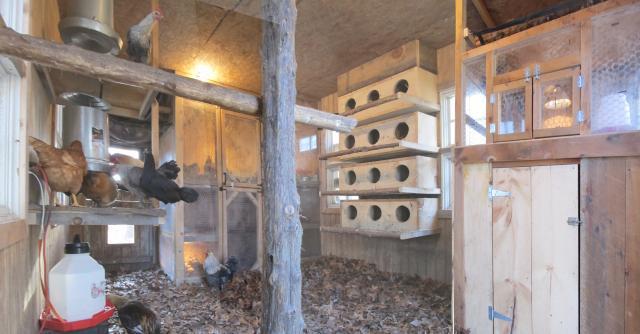- Mar 27, 2007
- 14
- 0
- 22
I guess maybe I'm confused (still) on this deep litter method. If I do things that way, does that apply to under the roosts too? Or do I need to shovel that mess out all the time? Do I just throw more litter down? Do I need to stir it up? Will it be smelly?
My little ones are only days old, but the coop is almost done. I'm hoping I planned well enough. I was thinking I'd lay a couple inches of bedding inside the house (including under the roost), stir and that's about it. Do I need to put anything on the ground outside? (It's that Georgia clay). I thought I could put the pine mulch I can get for free, if it doesn't hurt little feet. (That's fresh stuff, so maybe it won't be absorbent enough for indoors?)
Thanks for helping straighten out my thinking.
My little ones are only days old, but the coop is almost done. I'm hoping I planned well enough. I was thinking I'd lay a couple inches of bedding inside the house (including under the roost), stir and that's about it. Do I need to put anything on the ground outside? (It's that Georgia clay). I thought I could put the pine mulch I can get for free, if it doesn't hurt little feet. (That's fresh stuff, so maybe it won't be absorbent enough for indoors?)
Thanks for helping straighten out my thinking.



